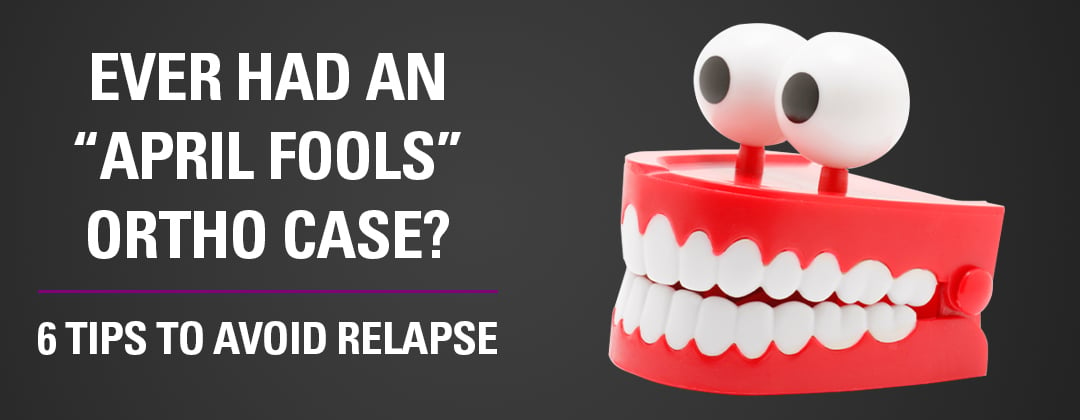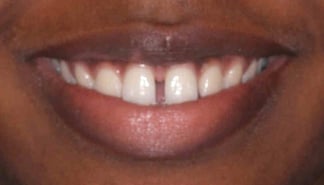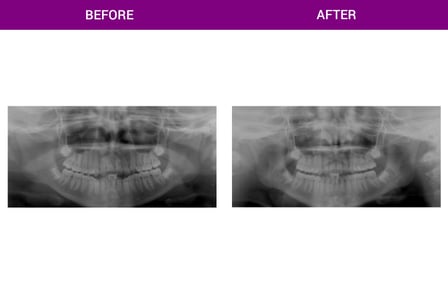
1. Set up a proper diagnosis and treatment plan
While there is a lot to consider in diagnosing your case, one helpful hint is to make sure you consider the facial balance of your patient before deciding to extract or not. If you don't extract when you should or vice versa, the teeth or bite can have a hard time settling properly.
Want more info on facial balance? Read our article analyzing Disney characters' dentofacial balance.
2. Overcorrect rotated teeth
Since you already know that teeth want to move back, plan for it. Our favorite way to do this is to use "smart" appliances like the IP Appliance. IP brackets are designed to not only correct tooth rotations but overcorrect them slightly. Additional force for rotation enables teeth to settle better long term.
Don't worry! Slight overcorrections don't look weird during the finish since the overcorrection is so subtle it's typically imperceptible to the eye.
3. Finish strong
 |
Take a progress panorex before taking of braces or telling your patient they are done. If the roots are not parallel, you may need more time or may choose to tweak the mechanics before moving forward. Crowns can be deceiving; roots don't lie. |
You can see the root parallelism with this case from a POS graduate. See full case here.
4. Address any habits
Identify any habits that may contribute to relapse. Talk to your patient if they have tongue thrust or thumb sucking. You may need to prescribe therapy for certain habits before starting orthodontic treatment to get the best results. Just think, if your patient has improper swallowing and tongue use, their bite (often anterior open bite) may want to come back due to the oral pressures still there after you treat them.
5. Look at soft tissue interference
Address periodontal ligament fibers that may cause relapse. Sometimes your soft tissue gets in the way and needs to be treated. For example, the central diastema often relapses from this.
You can consider cutting the tissue between your patient's centrals doing a frenectomy to prevent relapse expansion of the gum from the muscle pull. You can do a quick fiberotomy a couple months before debanding or laser it to sever the tissue between the centrals.
Get more tips on this article: How to Prevent the Dreaded Central Diastema Relapse

6. Emphasize retainer use
Communicate how important wearing retainers are to your patient. For most cases, you should tell patients to expect to to wear their retainers for life.


